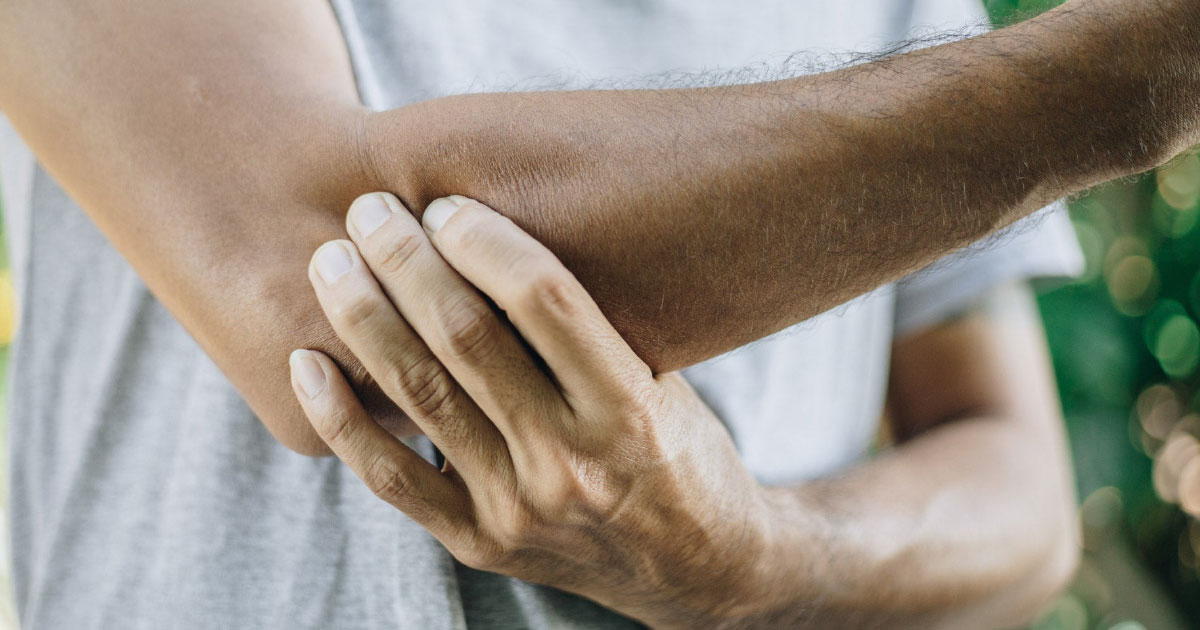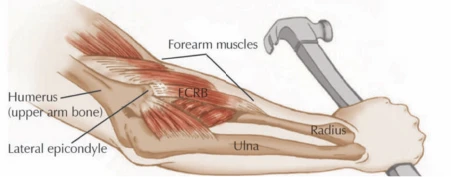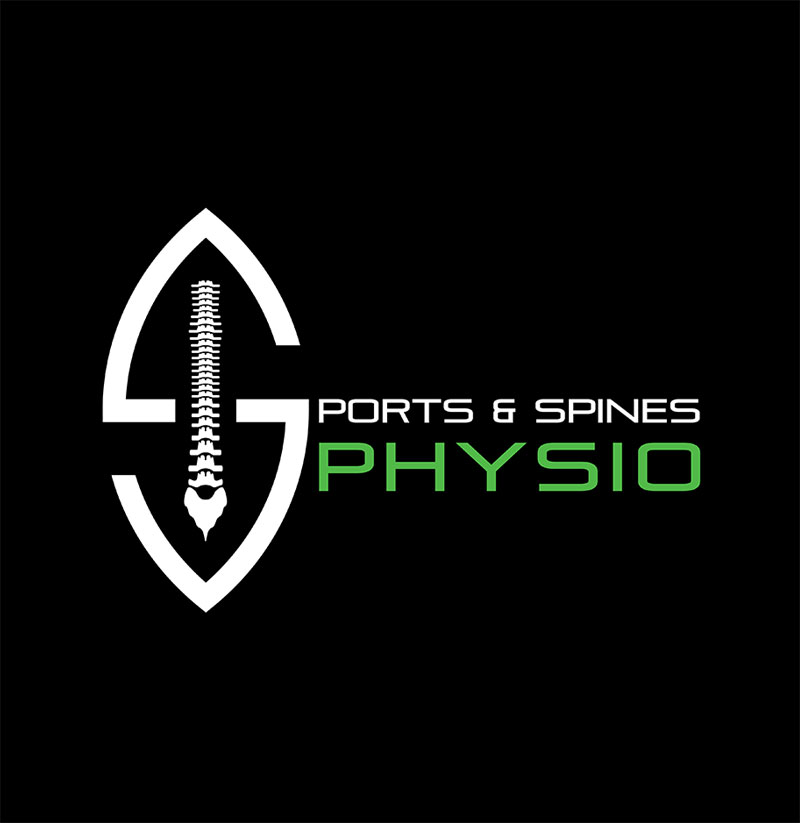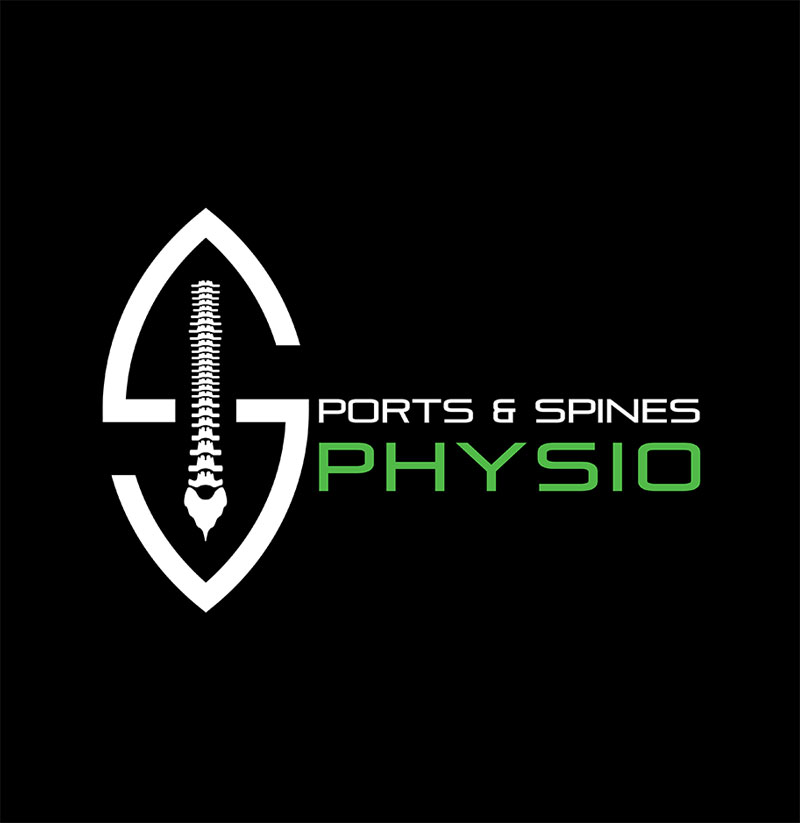
Tennis Elbow
What is tennis elbow?
Lateral epicondylitis (LE), commonly known as ‘tennis elbow’, where pain persists for 6 weeks or more; however, earlier institution of exercise might also confer benefit. LE is a chronic degenerative process stemming from microtrauma (rather than an acute inflammatory process). Hence, the term lateral epicondylalgia is also used.
It’s easily identified by pain below the outside edged portion of the elbow. The pain can become worse with strenuous movements and increased strain on the tendon or muscle. It often occurs among adults between the ages of 40-50 years old.
Tennis elbow symptoms
In most cases, symptoms of LE are self-limiting and usually resolve within 12 months. However, physiotherapy may reduce the time taken to improve pain (i.e. provide short-term benefit) and reduce the recurrence and delayed recovery associated with alternative interventions such as corticosteroid injection (i.e. provide improved long-term outcomes).
When compared with a wait-and-see approach or corticosteroid injection, a physiotherapy program involving exercise is associated with a greater reduction in severity and greater success in both the short and long term.
Tennis elbow was wrongly believed to be caused by inflammation for some time. Doctors recommended injecting cortisone, an anti-inflammatory drug, which resulted in long-term adverse effects. Some would only give their patients advice which would lead to recovery when followed, but rarely do they reach near full recovery. Load management is incredibly important in tendon pain. As previously mentioned overuse is frequently the cause of the initial injury but complete rest should also be avoided.
Who gets tennis elbow?
Overuse of the forearm muscles causes LE, usually by repetition. This means even non-tennis players can suffer from tennis elbow by performing any activity requiring constant strain on the same muscles.
Other sports involving players who suffer these are badminton and squash but most patients get it from activities such as carpentry, wood chopping, even painting and other manual labour.

Physiotherapy for tennis elbow
Load management is incredibly important in tendon pain. As previously mentioned overuse is frequently the cause of the initial injury but complete rest should also be avoided.
Physiotherapy for elbow pain can involve a number of treatments which aim to help you control your pain while managing load and increasing strength to help reduce risk of future issues. Different treatment options that can be discussed with your physiotherapist are listed below:
STRENGTH EXERCISES FOR TENNIS ELBOW
As previously mentioned, tendon pain is often caused by overuse. This means the load being placed upon the tendon and forearm muscles exceeds their load capacity. Not only is it important to build strength in the forearm to increase the capacity of the muscles and reduce risk of reinjury, certain strength exercises can also provide a pain relieving effect.
STRETCHING FOR TENNIS ELBOW
Due to overuse, the muscles that are contributing to your pain in lateral epicondylitis (LE) will often tighten up causing further tension in the tendons and restricting your range of motion. Stretching should only be done within a tolerable level of discomfort and not pushing into pain. Some may not be able to stretch the area when the injury has just occurred, however, you can once the pain lessens. Extend your arms and bend your hands upwards and downwards. This stretches the wrist and improves the range of motion and allows you to complete strength exercises and daily activities with less pain.
SOFT TISSUE MASSAGE FOR TENNIS ELBOW
This is another method for treating tennis elbow by releasing tension in muscles, tendons and even ligaments and other tissues. It also improves joint flexibility and range of motion while increasing endorphins.
By releasing tension in the muscles and tendon, pain can be reduced and therefore improving your function throughout your day.
DRY NEEDLING FOR TENNIS ELBOW
Another option to be discussed with your tennis physiotherapist is dry needling which can have similar benefits to massage. It can help release tension in the affected muscles and tendons while providing some pain relief to help you get back to your work, sport or daily activities.
HOT/COLD THERAPY FOR TENNIS ELBOW
It’s a simple age-old technique but remains effective in reducing pain. Which to use would depend on what you want to be treated. Chronic or recurring pain, stiff joints, and muscle spasms are best treated with heat. Avoid applying heat for more than 20 minutes unless instructed by your respective health practitioner.
Cold therapy should be given to new injuries in order to help control blood flow and inflammation. It’s typically used on bruises, joint injuries which have large amounts of swelling and to control pain from injuries by numbing the area. It’s advised to be applied in 15- 20-minute intervals for the first 24-72 hours after an injury occurs. When applying an ice pack don’t let the cold come in direct contact with the skin but wrap it in a pack or a towel. Another icing method is put some ice cubes in a freezer bag, add a little water, tie a knot in the end and apply to the area.
REMOVING/REDUCING AGGRAVATING FACTORS FOR TENNIS ELBOW
Certain repetitive movements such as playing tennis, painting, carpentry and brick laying are things that can cause symptoms of tennis elbow to progress, especially when these aren’t something you regularly do.
Working with a physiotherapist to find ways to reduce or modify these loads is essential to getting tendon pain under control. In most cases, we aim to reduce things that aggravate your pain as opposed to removing them completely.
Tennis elbow is an injury that’s actually more common outside its namesake sport than with its athletes. In case this injury should happen to you or anyone you know, pay a visit to your local physiotherapy clinic to discuss the several methods you can choose to alleviate your pain and aid the healing.
While some of these techniques require specialist care from a trained medical professional, others can be trialled at home to help reduce your levels of pain.

